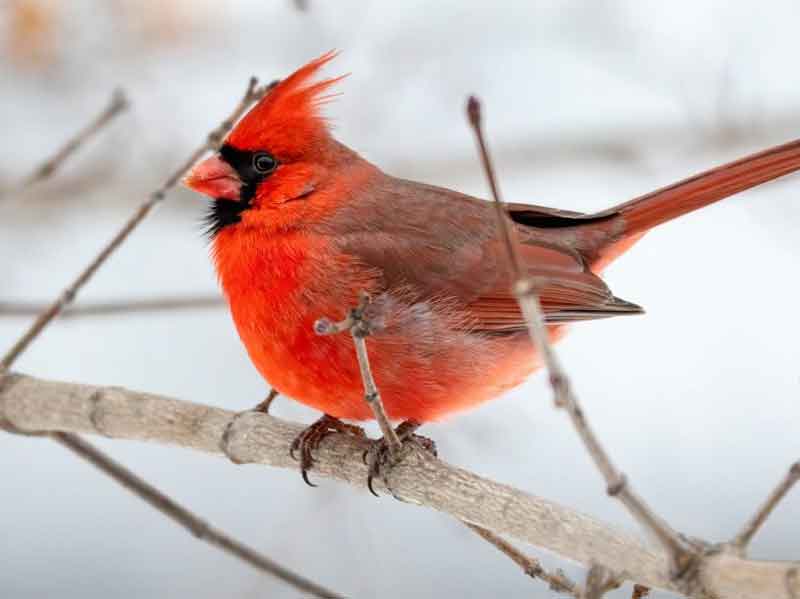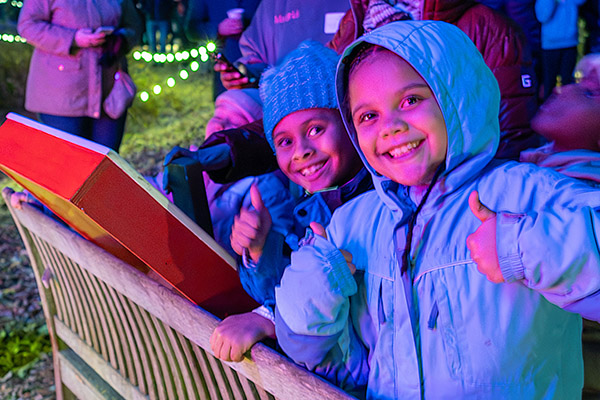Bitter cold, snow, and barren ground are typical characteristics of a Wisconsin winter. Sometimes temperatures warm up or less snow falls, but animals of all kinds have to adapt to this dormant season.
Some migrate to warmer places while others hunker down in temporary habitats where they can. Others fully hibernate or go into torpor instead.
Here’s where you can find those that stay in the state this time of year:
Birds
A number of birds, like geese, flock south for the winter, but there are also a variety of birds that ride out the snow and cold.

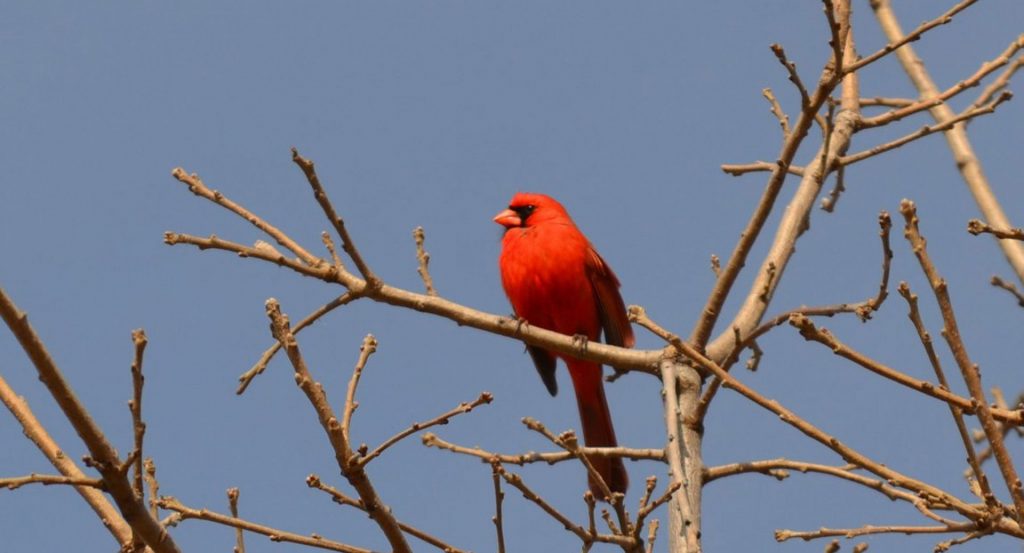
Cardinals, finches, chickadees, and sparrows are just a few that can handle some of our more frigid conditions. They typically eat as much as they can during the day, especially at bird feeders or on landscapes with lots of native plants dropping seeds onto the ground.
Since many trees lose their leaves, birds find other spots to nest from the cold and wind, including conifer and evergreen trees, urban shelters like under open porches or birdhouses, and even nooks and crannies in or around fallen trees.

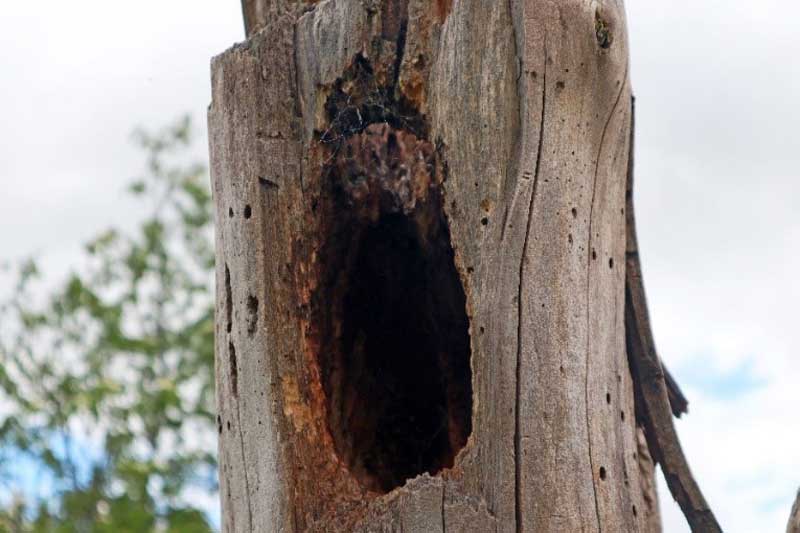
Don’t forget that smaller birds aren’t the only ones around. Bald eagles, hawks, and owls are some of the predators that stick around too, feeding on smaller birds and mammals like rabbits, squirrels, or mice.
Insects
Many insects will die off as winter arrives, laying eggs that’ll hatch in spring. Others migrate and others overwinter. Since insects are small and cold-blooded, adapting to a winter lifestyle outdoors isn’t really an option.
Dragonflies and butterflies usually migrate to warmer temperatures – although some butterfly species like the Mourning Cloak stay in a hibernation-like state known as diapause to reduce their activity. Some insect types like ladybugs, bees, and moths actually overwinter.
Once colder fall weather arrives, ladybugs find sunny or sheltered areas to cluster together in order to stay. This is why dead wood like fallen trees, limbs, or logs is an important habitat for insects this time of year!

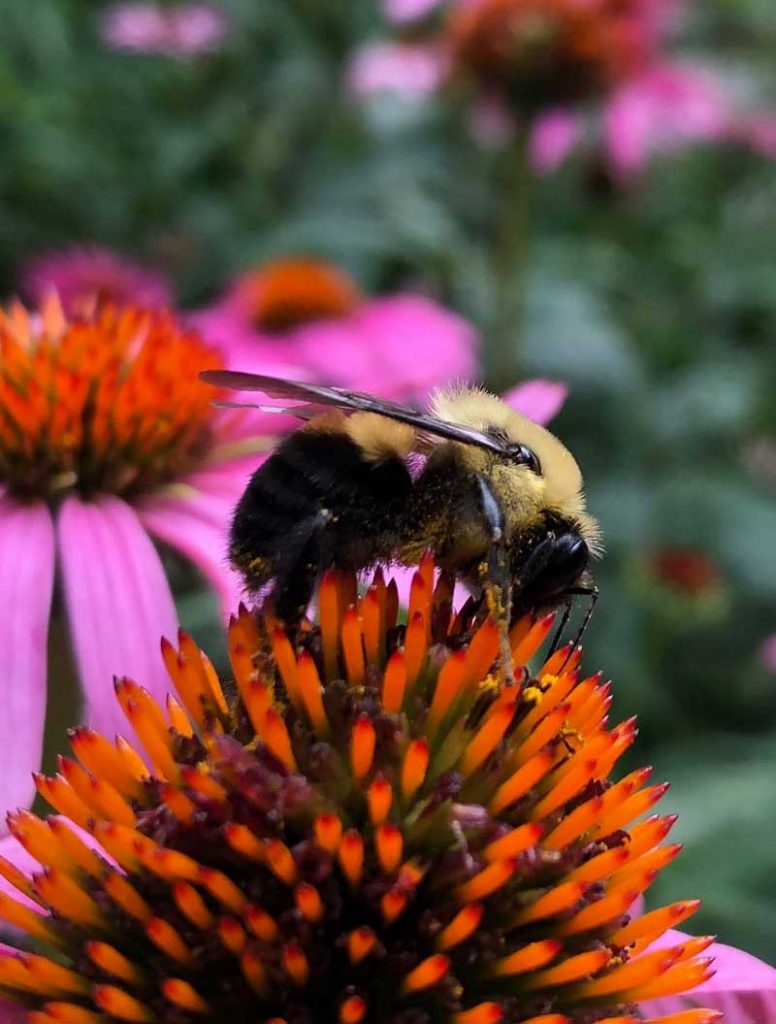
Native bumblebees and non-native honey bees are the only bees with colonies as most bees in Wisconsin are solitary. Once winter hits, mated bumblebee queens hibernate underground until spring when they can start a new colony.
Solitary bees like the Mason bee typically do one of two things. Either a single, mated female will die off, leaving a nest full offspring underground or in abandoned holes left by beetles, woodpeckers, or other animals, that’ll emerge in spring, or young bees will overwinter in cocoons. These cocoons can be found almost anywhere, especially in leaf or plant litter from the fall.
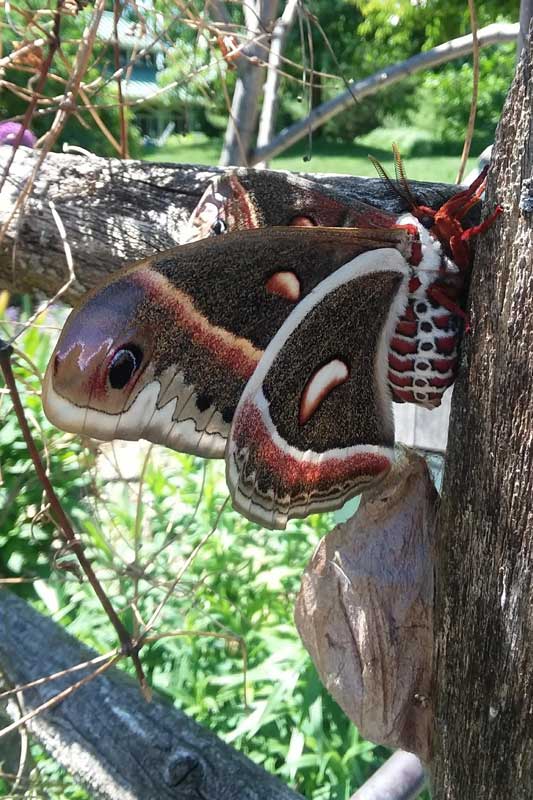
Moths, like the Tiger Moth, also overwinter as cocoons, so be sure to leave your landscape a little untidy as to not disturb these crucial insect habitats.
Badgers, Bears, & Other Hibernating Mammals
Like many of us who want to fast forward a Wisconsin winter, several wild mammals choose to hibernate or go into a state of torpor for the season. Torpor isn’t as heavy of a sleep as full hibernation and is typically involuntary since it lasts for a few hours during the day.
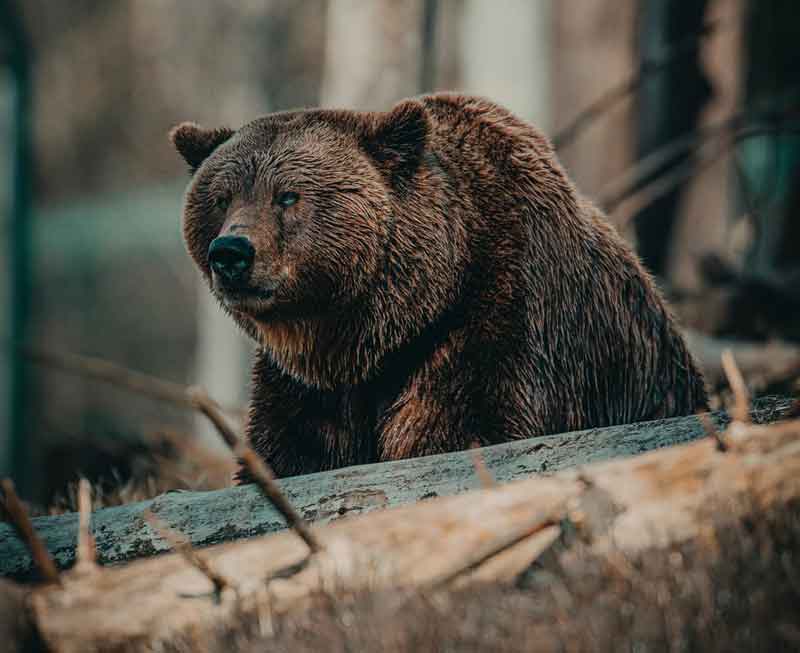

Badgers and bears both go into torpor in their underground homes (setts and caves, respectively). They’ll typically wake up after their temporary sleep once the temperatures are near or above freezing so they can eat or go hunting and foraging for food. Chipmunks are a smaller mammal that sometimes enters torpor. We don’t see them scurrying around since they’re underground nibbling on food stored from the summer.
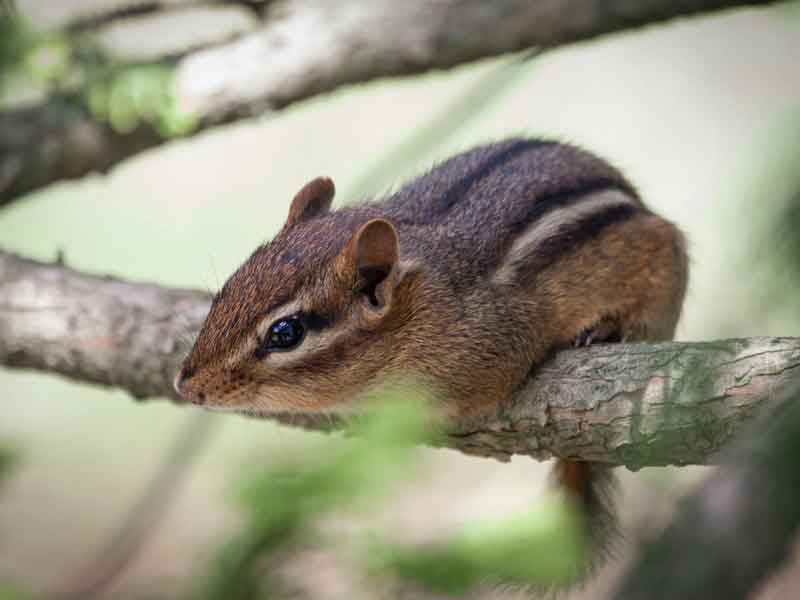

Other smaller mammals like ground squirrels and woodchucks will hibernate for the entirety of winter, holing up in underground nests or hollowed out tree stumps that provide shelter from the cold.
Tree Squirrels, Deer, & Other Adaptive Mammals
Believe it or not, some mammals adapt to the cold quite well! Tree squirrels are active for most of the season, munching on pine cones and finding other leftover berries and seeds to eat. During extremely cold stretches, they huddle together in tree nests to keep warm.
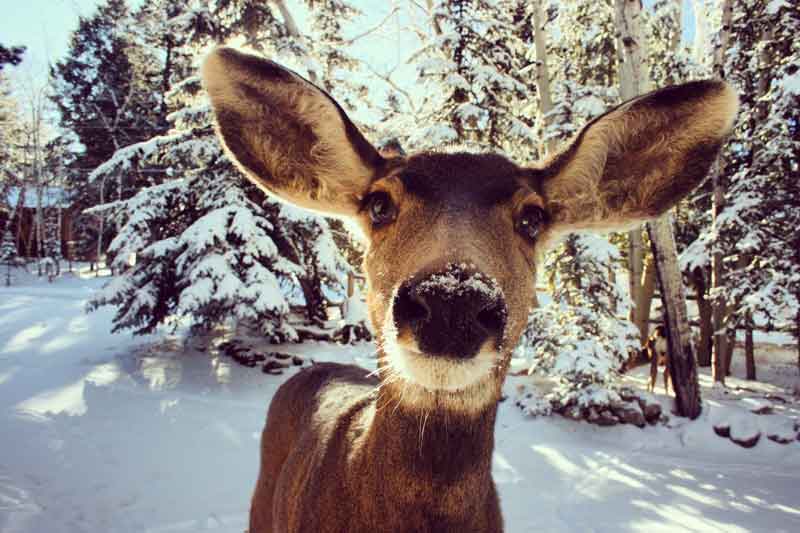

Deer are probably the mammal we see the most this time of year. Their thick undercoats and darker overcoats absorb heat from the sun to help warm their bodies. Deer also have oil glands that make their fur resistant to water and snow. Moose have a similar adaptation.
Deer typically hunker down with others in the shelter of conifer and evergreen trees.
Frogs, Snakes, & Other Cold-Blooded Creatures
We don’t see frogs, snakes, and other cold-blooded animals in winter. Because they are cold-blooded, they can’t regulate their temperature like warm-blooded animals, and are more affected by frigid temps.
Amphibians like frogs and turtles actually let themselves freeze solid during a Wisconsin winter! They bury themselves with leaves and mud on the forest floor or under ice, and go into a dead state where they aren’t breathing, and their heart and brain has stopped all activity. When spring arrives, they simply thaw out and return to life!
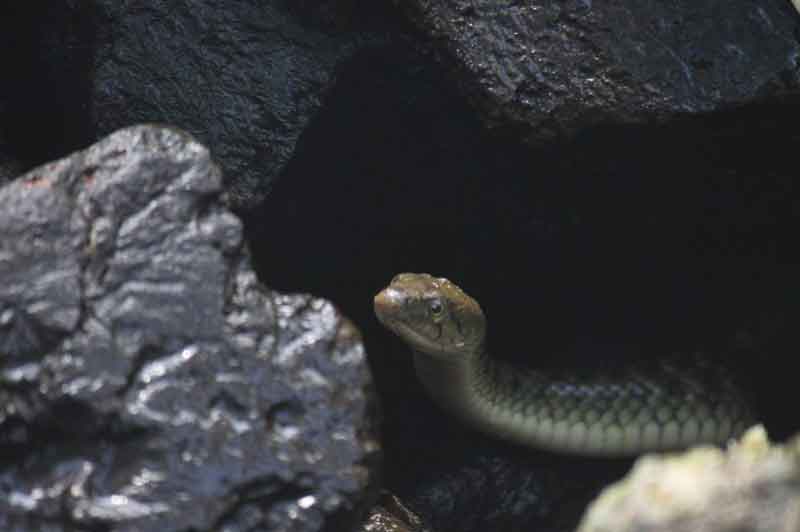

Snakes, on the other hand, will stay below ground in rocks or craggy areas to escape the cold above.
While these animals don’t migrate like others (or even humans, for that matter), they have a number of tools and characteristics to help them survive this dormant season.
Learn more about habitats and see winter habitats of Wisconsin animals with a trip to the Garden! Our ongoing Habitat exhibit is here through April and is open during regular hours. Due to snow, a small number of displays are not accessible at this time.
Sources


